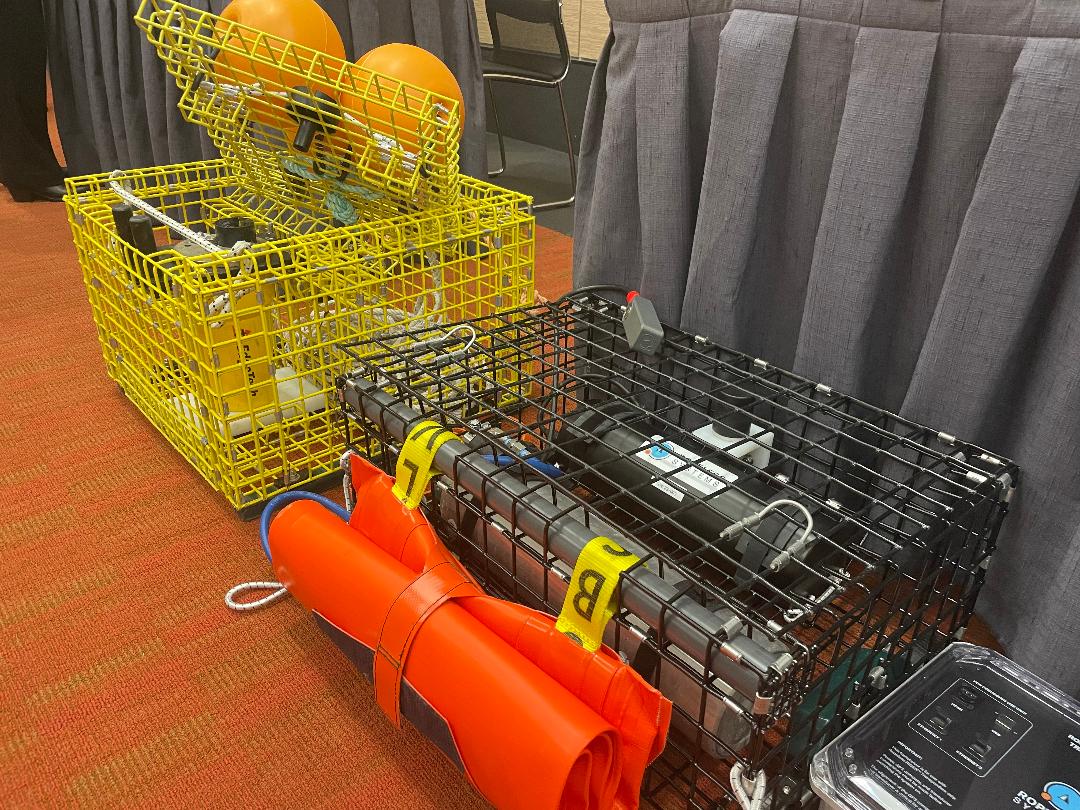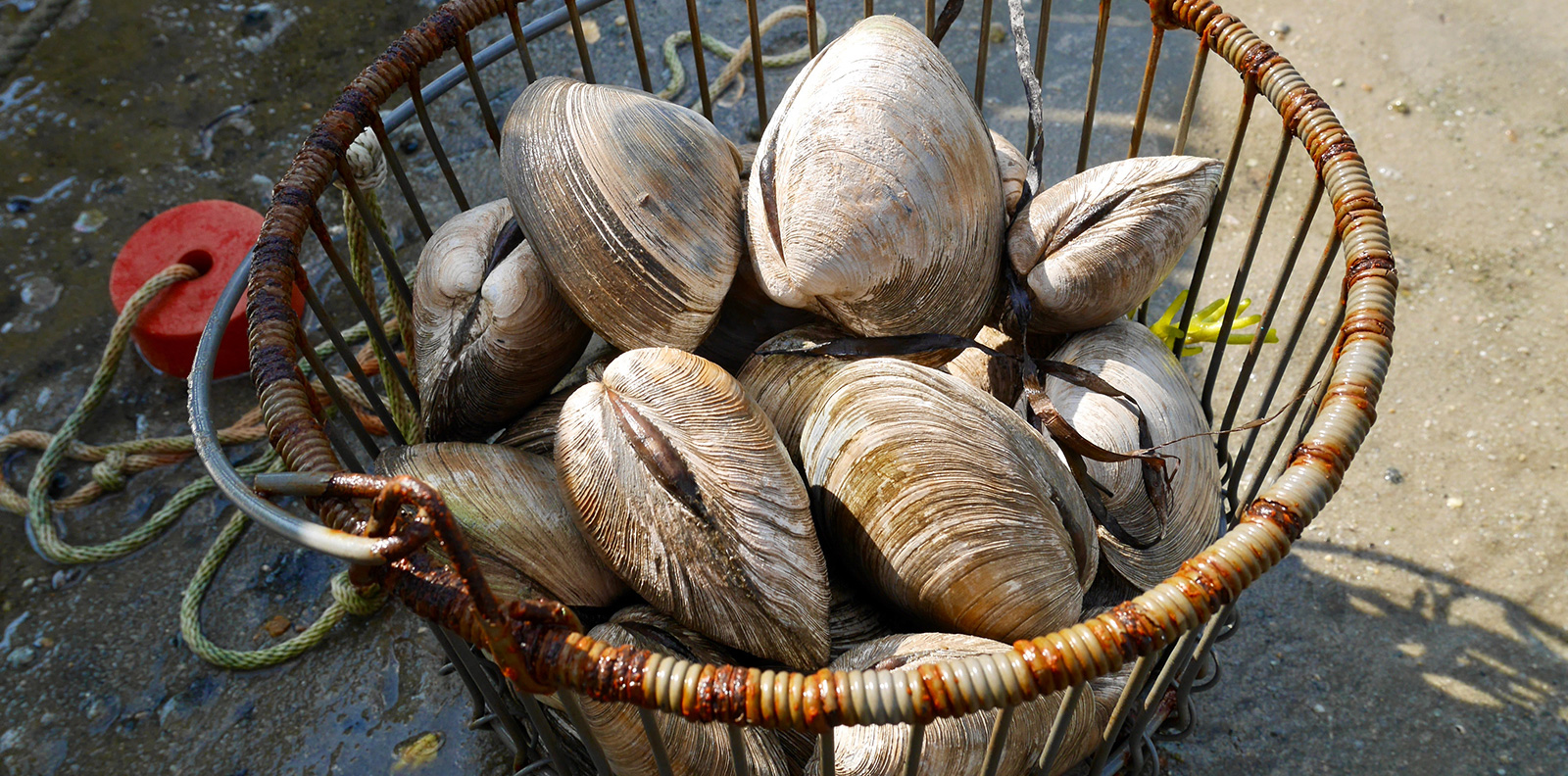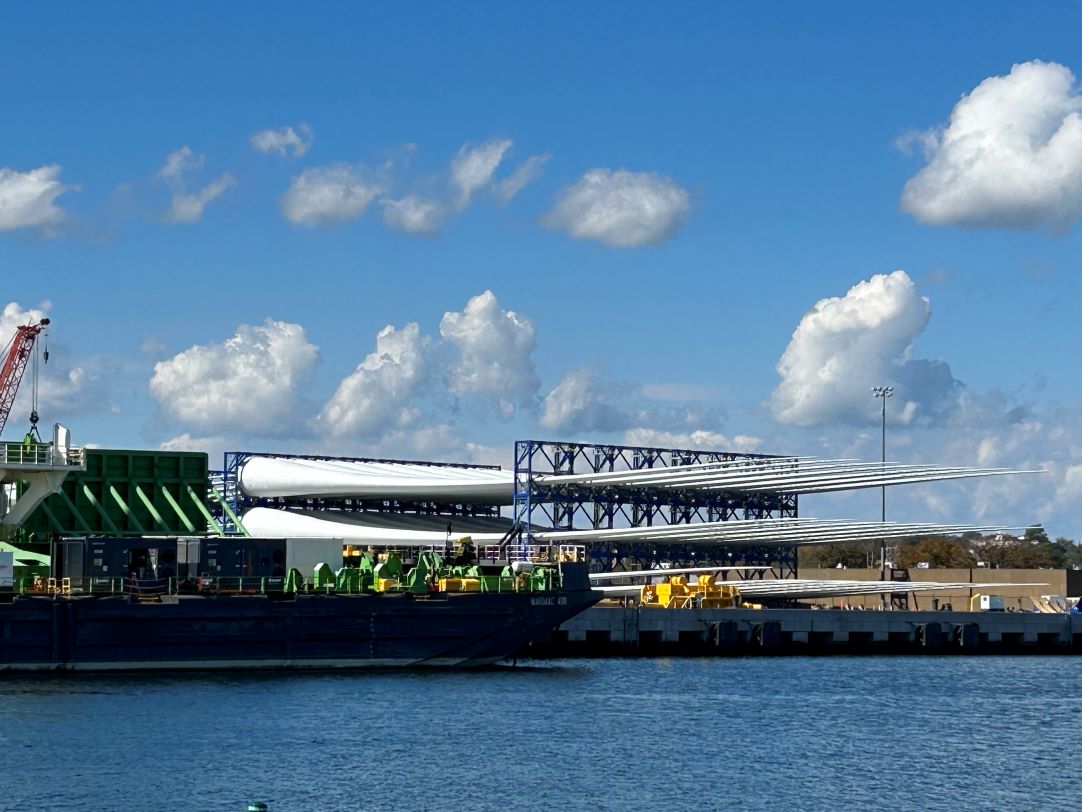Large Spring Migration of Menhaden Lures Fishing Vessels Into Narragansett Bay
June 8, 2021
Even though menhaden are eaten by few people, more pounds of the oily fish, often called “pogies” or “bunkers” by New Englanders, are harvested each year than any other in the United States except Alaska pollock.
The Atlantic menhaden fishery is largely dominated by industrial interests that remove the nutrient-rich species in bulk by trawlers to make fertilizer and cosmetics and to feed livestock and farmed fish. Commercial bait companies fish for menhaden to provide bait for both recreational fishing and for the lobster fishery. Recreational fishermen also access schools of menhaden directly and use them as bait for catching larger sport fish such as striped bass and bluefish.
This demand puts a lot of pressure on a species that plays a vital role in the marine ecosystem. For instance, juvenile menhaden, as they filter water, help remove nitrogen.
Conservationists often refer to menhaden as “the most important fish in the sea” — after the title of a 2007 book by H. Bruce Franklin. They believe menhaden deserve special attention and protection because so many other species, such as bluefish, dolphins, eagles, humpback whales, osprey, sharks, striped bass and weakfish, depend on them for food.
This year’s spring migration of menhaden has brought a large influx of the forage fish into Narragansett Bay. As a result, there has been a marked increase in the number of fishing vessels and fishing activity, according to the Rhode Island Department of Environmental Management (DEM).
Agency officials said members of its Law Enforcement and Marine Fisheries divisions are closely monitoring this fishing activity.
“Rhode Island relies on Atlantic menhaden in various capacities, such as supporting commercial harvesters, recreational fisheries and the Narragansett Bay ecosystem,” said Conor McManus, chief of DEM’s Division of Marine Fisheries. “Through our Atlantic menhaden management program, which represents one of the most comprehensive plans for the species in the region, we have constructed a science-based program that strives for sustainable harvest.”
To prevent local depletion of menhaden and to ensure a healthy population of the fish remains in Narragansett Bay’s menhaden management area for ecological services and for use by the recreational community, DEM administers an annual menhaden monitoring program. From May through November, a contracted spotter pilot surveys the management area twice weekly to estimate the number of schools and total biomass of menhaden present.
Biomass estimates, fishery landings information, computer modeling and biological sampling information are used to open, track and close the commercial menhaden fishery as necessary. DEM regulations require at least 2 million pounds of menhaden be in the management area before it’s opened to the commercial fishery. If at any time the biomass estimates drop below 1.5 million pounds, or when 50 percent of the estimated biomass above the minimum threshold of 1.5 million pounds is harvested, the commercial fishery is closed.
Commercial vessels engaged in the Rhode Island menhaden fishery are required to abide by a number of regulations, including net size restrictions, call-in requirements to DEM, daily possession limits and closure of the management area on weekends and holidays.




In downtown providence menhaden are also a tourist attraction